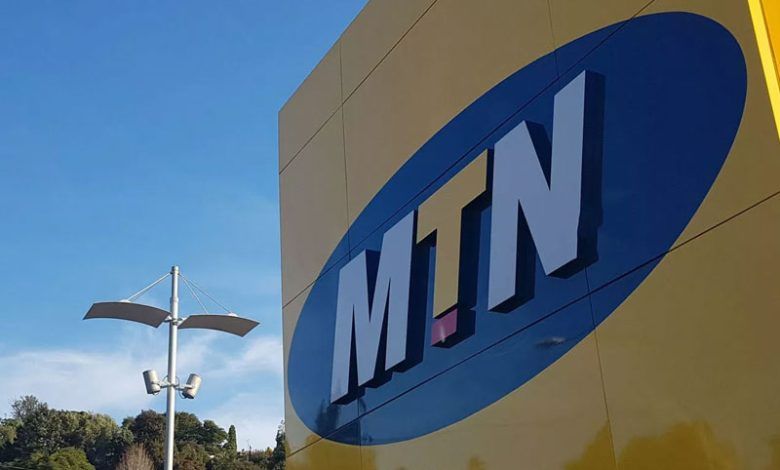
MTN Group recorded robust growth in the first quarter of 2025, with service revenue rising 10.4% year-on-year, or 19.8% in constant currency terms, driven largely by stellar performances in its Nigerian and Ghanaian operations.
According to a Reuters report, MTN Nigeria led the charge with a 40.4% surge in service revenue, while MTN Ghana followed closely with 39.5% growth during the period ending March 31.
The pan-African telecoms giant also reported a 33% increase in core earnings, attributed to strong topline performance, lower device costs in its home market of South Africa, and a relatively stable macroeconomic backdrop.
Earnings before interest, tax, depreciation, and amortisation (EBITDA) rose significantly, with the EBITDA margin improving by 5.3 percentage points to 44.1%, based on constant currency performance. However, the group did not disclose the absolute EBITDA figure.
Mixed Fortunes in South Africa
Despite the group-wide success, MTN South Africa continued to face headwinds, particularly in the prepaid market. The unit posted modest service revenue growth of 2.6%, as economic pressure and intense competition kept consumers focused on value.
“Customers remained value-seeking and dynamic in the context of constrained economic growth and heightened competition in the sector,” the company said in a statement.
Energy Collaboration and Satellite Expansion
To address operational challenges, MTN South Africa is exploring a partnership with rival operator Vodacom to collaborate on backup energy supply solutions a move prompted by persistent power instability in the country.
“This could result in benefits around the supply of alternative energy in the sector, which is critical to the efficient and reliable operation of network operators,” the company said.
Meanwhile, Group President and CEO Ralph Mupita revealed that MTN is deepening its strategic partnerships with low-earth orbit (LEO) satellite providers to broaden enterprise connectivity services. Key partners include Elon Musk’s Starlink, OneWeb (owned by Eutelsat), AST & Science, and Lynk. He did not provide further details.





